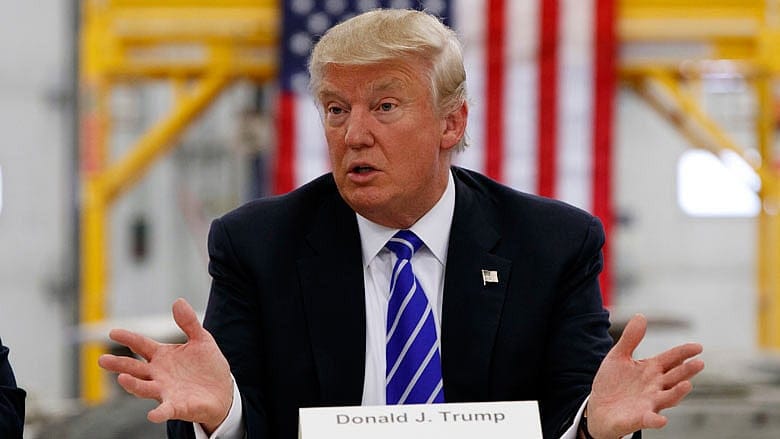Donald Trump’s unsustainable tax cut for the rich

Second only to lawyers, economists are the subject of frequent jokes. For example: "If all the economists were laid end to end, they would never reach a conclusion." The follow-up joke is that "if all economists were laid end to end, that would be a good thing." Yes, economists can disagree. Yet, they can agree, as well.
We, along with three co-authors, recently finished a series of studies of the Trump and Clinton tax plans. We all signed off on the methodology and the findings. You can see these studies at www.beaconhill.org.

